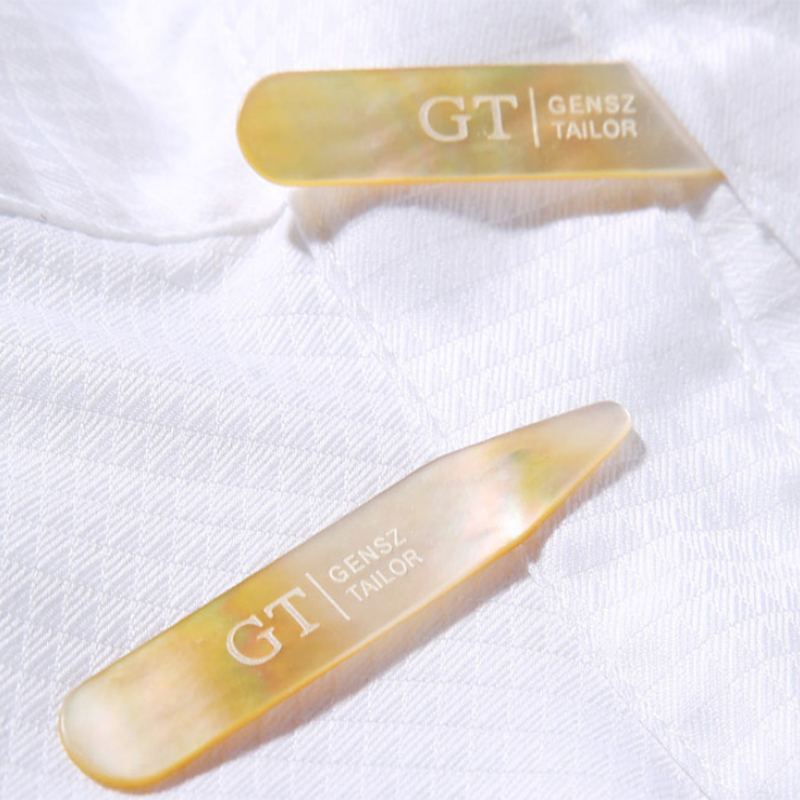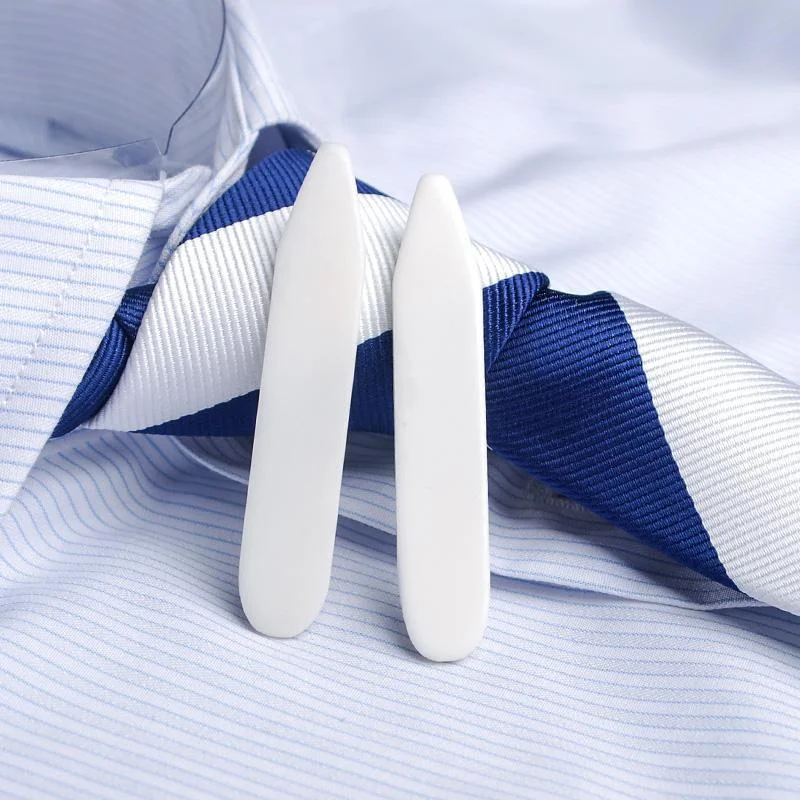How Do I Install Mother of Pearl Mosaic Tiles So They Stay Shiny?
Worried your stunning mother of pearl tiles will lose their luster after installation? Many face this, ending up with dull surfaces. Follow our guide to ensure lasting brilliance.
To keep mother of pearl tiles shiny, proper installation is key. Pay close attention to using the right adhesive, ensuring correct spacing, and critically, cleaning the grout haze before it fully dries using a soft, damp sponge to avoid scratching the delicate surface.
Achieving that luxurious, iridescent finish requires attention to detail from start to finish. Missing simple steps is often the culprit behind dull results. Let’s break down the process, starting with preparation, to ensure your installation is a success and your tiles gleam for years to come.
Is Material Inspection Necessary Before Installing MOP Tiles?
Excited to start tiling? Skipping inspection can lead to misaligned patterns or wasted tiles due to natural variations. A quick check prevents headaches later.
Yes, always inspect and dry-fit your mother of pearl tiles first. This allows you to plan cuts, appreciate natural variations, and arrange the pattern optimally before committing adhesive. Remember to use appropriate safety gear during handling and cutting.
Why Dry-Fit?
Mother of pearl is a natural material, meaning no two tiles are identical. Dry-fitting helps you:
- Visualize the Layout: See the pattern on your surface.
- Manage Variation: Distribute tiles with different tones or patterns pleasingly.
- Plan Cuts: Identify where cuts are needed, minimizing waste and difficult placements.
- Ensure Fit: Confirm tile sheet alignment and spacing.
Safety First
Always prioritize safety when working with tiles.
| Safety Item | Purpose |
|---|---|
| Eye Protection | Shield eyes from dust and fragments. |
| Hand Protection | Protect hands from sharp edges. |
| Ear Protection | Necessary if using power cutting tools. |
| Dust Mask | Prevent inhalation of fine particles. |
Taking these preliminary steps ensures a smoother installation and a more beautiful final result, showcasing the unique charm of natural shell.
What’s the Best Surface for Installing Mother of Pearl Tiles?
Choosing the wrong surface for your MOP tiles? This can lead to warping, poor adhesion, or water damage over time. Ensure your beautiful tiles have a stable foundation.
The best substrates are strong, flat, and moisture-resistant like cement board, concrete, or properly prepared drywall. Avoid plywood, as it can warp with moisture from the setting materials, compromising the installation and potentially damaging the tiles.
Substrate Suitability
The surface you tile onto is critical for longevity, especially in areas like backsplashes prone to moisture.
Recommended:
- Cement Board: Excellent moisture resistance and stability. Ideal for wet areas.
- Concrete: Strong and stable, provided it’s clean, flat, and cured.
- Drywall (Moisture-Resistant): Suitable for less wet areas, but ensure it’s sound and flat. Use appropriate primers if needed.
Not Recommended:
- Plywood: Absorbs moisture, leading to expansion, contraction, and warping. This movement can cause tiles to crack or detach. Even sealed plywood is less reliable than cement board in moist environments.
Preparation is Key
Regardless of the substrate, ensure it is:
- Structurally Sound: No flexing or movement.
- Clean: Free of dust, grease, or contaminants.
- Flat: Use a level to check; uneven surfaces can cause lippage (uneven tile edges).
A well-prepared, suitable substrate is the foundation for a professional-looking and durable MOP tile installation.
What Are the Key Steps for Installing MOP Mosaic Tiles Correctly?
Unsure about the installation process? Incorrect steps can lead to uneven tiles, poor adhesion, or the dreaded dull finish. Follow these guidelines for a flawless application.
Use professional tile adhesive (neutral for some types), apply thinly, align sheets carefully ensuring consistent spacing (approx. 2mm), pat gently, and crucially, clean grout haze with a damp sponge before it fully cures (around 30 mins post-application) to prevent scratching.
Step-by-Step Installation Guide
Following these steps carefully is vital, especially Step 7, to maintain the tiles’ natural shine.

- Adhesive Selection: Use professional tile adhesive; neutral cure adhesive is needed for some MOP products. Ask your supplier if unsure.
- Apply Adhesive: Spread a thin (2-3mm) layer evenly using the appropriate trowel after cleaning the substrate.
- Score Adhesive: Use a dentation trowel to create ridges for better bonding.
- Place Tiles: Align mosaic sheets carefully, ensuring joints between sheets match the spacing within the sheets (chip-to-chip distance, usually ~2mm).
- Set Tiles: Gently pat the mosaic surface to ensure even adhesion, avoiding squeezing adhesive up through the gaps.
- Grouting Prep: Allow adhesive to cure (approx. 20 hours).
- Apply Grout & CRITICAL CLEAN*: Use a sponge knife or float to apply joint filler. After ~30 minutes, when semi-dry, use a wet, high-density sponge to gently clean the haze and shape joints (1-2mm deep). Do not wait longer**, or cleaning will scratch the delicate MOP surface, making it dull.
- Final Clean: Once grout is fully cured as per manufacturer instructions, perform a final clean with a dry, soft towel.
| Tool/Material | Purpose | Key Tip |
|---|---|---|
| Tile Adhesive | Bonds tiles to substrate | Use recommended type (often neutral cure) |
| Trowel | Spreads adhesive evenly | Correct notch size for thin application |
| Sponge Knife/Float | Applies grout | Soft tool preferred |
| High-Density Sponge | Cleans grout haze | Use damp, within ~30 mins of grouting |
| Soft Towel | Final cleaning | Avoid abrasive materials |
Adhering strictly to the cleaning time in Step 7 is the secret to preventing dullness.
How Do I Clean and Protect My MOP Tiles After Installation?
Installed your beautiful MOP tiles? Improper cleaning can easily scratch or etch the surface, diminishing their natural iridescence. Protect your investment with the right care.
Clean mother of pearl tiles gently using a soft cloth (like charpie) and a neutral or faintly acidic detergent, as shell (CaCO3) reacts to strong acids. Regular waxing can enhance and maintain shine. Avoid harsh lights (above 100W) directly on the surface.
Maintaining the Shine
Mother of pearl is essentially calcium carbonate (CaCO3), making it sensitive to acids and abrasion.
Cleaning Do’s:
- Use Soft Cloths: Microfiber or charpie are ideal to prevent scratches.
- Use Neutral Detergents: pH-neutral cleaners are safest.
- Consider Faintly Acidic Cleaners (If Necessary): Highly diluted vinegar might be used cautiously for specific stains, but test in an inconspicuous area first. Neutral is always preferred.
- Wipe Gently: Avoid vigorous scrubbing.
- Wax Periodically: Applying a purpose-made tile wax can add a protective layer and boost shine.
Cleaning Don’ts:
- Avoid Abrasive Cleaners: Scouring powders or creams will scratch the surface.
- Avoid Strong Acids: Vinegar, lemon juice, or harsh chemical cleaners can etch the shell.
- Avoid Rough Sponges/Brushes: These will cause micro-scratches, leading to dullness.
- Avoid Excessive Heat/Light: Strong, direct light (like >100W bulbs close up) isn’t recommended long-term.
By following these simple care instructions, you can ensure your mother of pearl mosaic tiles retain their captivating luster for many years.
Conclusion
Proper installation, especially timely grout cleaning, and gentle maintenance are key to preserving the unique, iridescent beauty of your mother of pearl tiles. Enjoy their luxurious finish!







